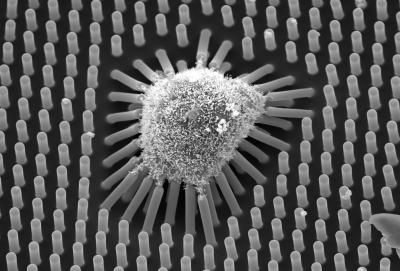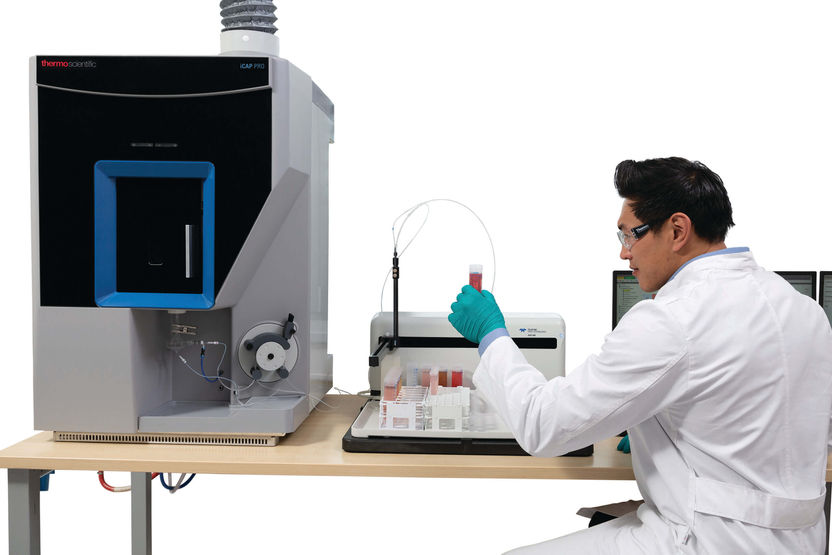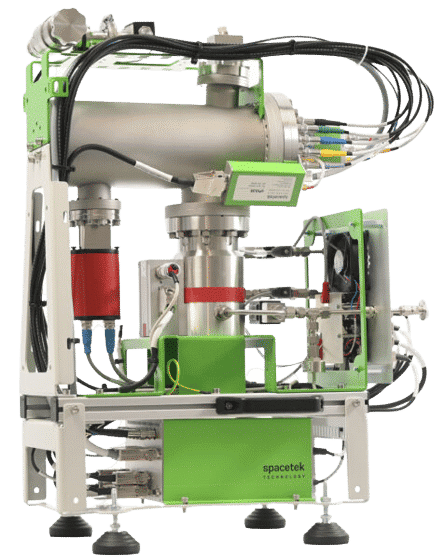Agilent Technologies Tools Used to Derive New Type of Mouse Embryonic Stem Cell that Shares Key Features of Human Embryonic Stem
Using a variety of Agilent Technologies genomics tools, researchers at the National Institute of neurological disorders and stroke (NINDS), National Institutes of Health (NIH), and the University of Oxford, U.K., have achieved a major milestone in solving some of the perplexing differences between embryonic stem (ES) cells of humans and mice, according to a paper published in the current issue of Nature (Vol. 448 No. 7150).
The paper, titled "New Cell Lines from Mouse Epiblast Share Defining Features with Human Embryonic Stem Cells," describes how the team, led by Ron McKay, Ph.D., derived a new type of pluripotent ES cell from mouse embryos that have been implanted in the uterus. These epiblast stem cells (EpiSCs) are made from the epiblast, the part of the embryo that gives rise to all adult tissues, according to the researchers. EpiSCs are described as being distinct from classic mouse ES cells and share many key features of human ES cells.
"The EpiSCs provide a powerful model to understand the regulation of the mammalian epiblast, the most proximal precursor to all adult cells including those that are a current focus in the field of regenerative medicine," said Josh Chenoweth, Ph.D., a co-author on the study. "Our characterization of the EpiSCs and human ES cells using global epigenetic characterization and expression analysis tells us that we should think about human ES cells as the developmental equivalent of the epiblast."
The researchers used Agilent microarrays to analyze differences and similarities between mouse ES cells, human ES cells and mouse EpiSCs. The applications included gene expression, comparative genomic hybridization (CGH) and chromatin immunoprecipitation on a chip (ChIP-on-chip). Agilent's online microarray design tool, eArray, and a variety of Agilent informatics software also played roles in the investigation.
Most read news
Topics
Organizations
Other news from the department science

Get the analytics and lab tech industry in your inbox
By submitting this form you agree that LUMITOS AG will send you the newsletter(s) selected above by email. Your data will not be passed on to third parties. Your data will be stored and processed in accordance with our data protection regulations. LUMITOS may contact you by email for the purpose of advertising or market and opinion surveys. You can revoke your consent at any time without giving reasons to LUMITOS AG, Ernst-Augustin-Str. 2, 12489 Berlin, Germany or by e-mail at revoke@lumitos.com with effect for the future. In addition, each email contains a link to unsubscribe from the corresponding newsletter.

























































